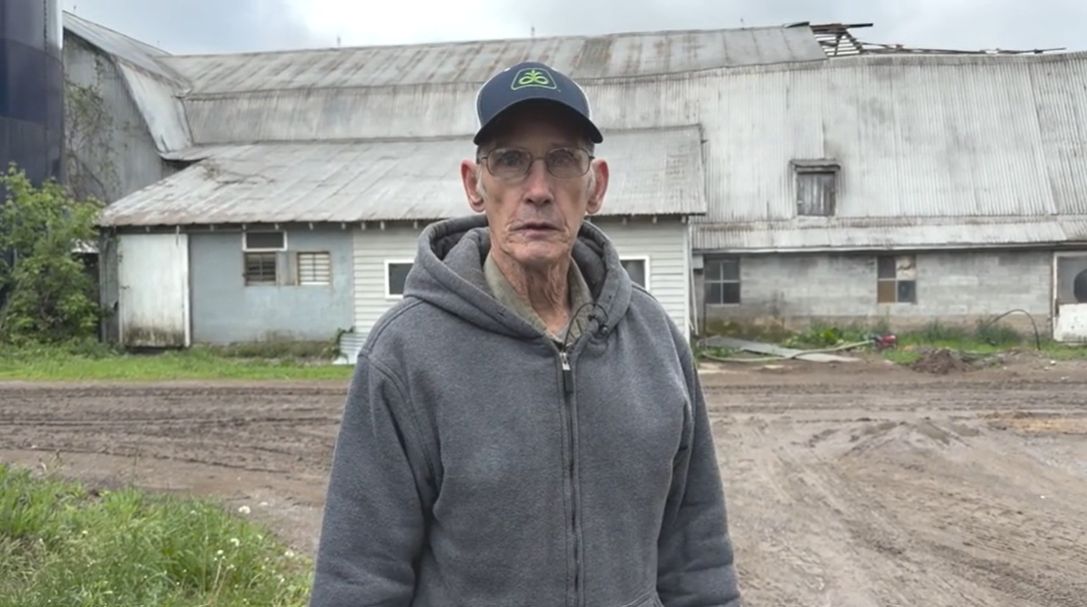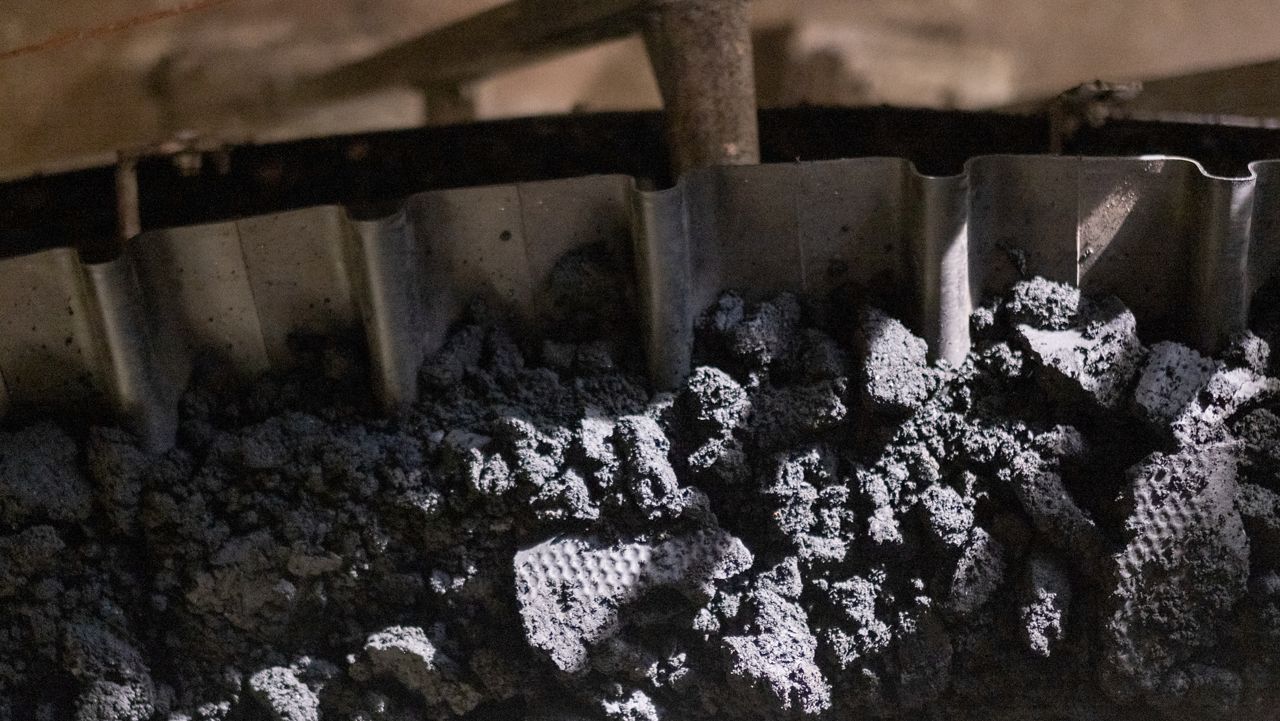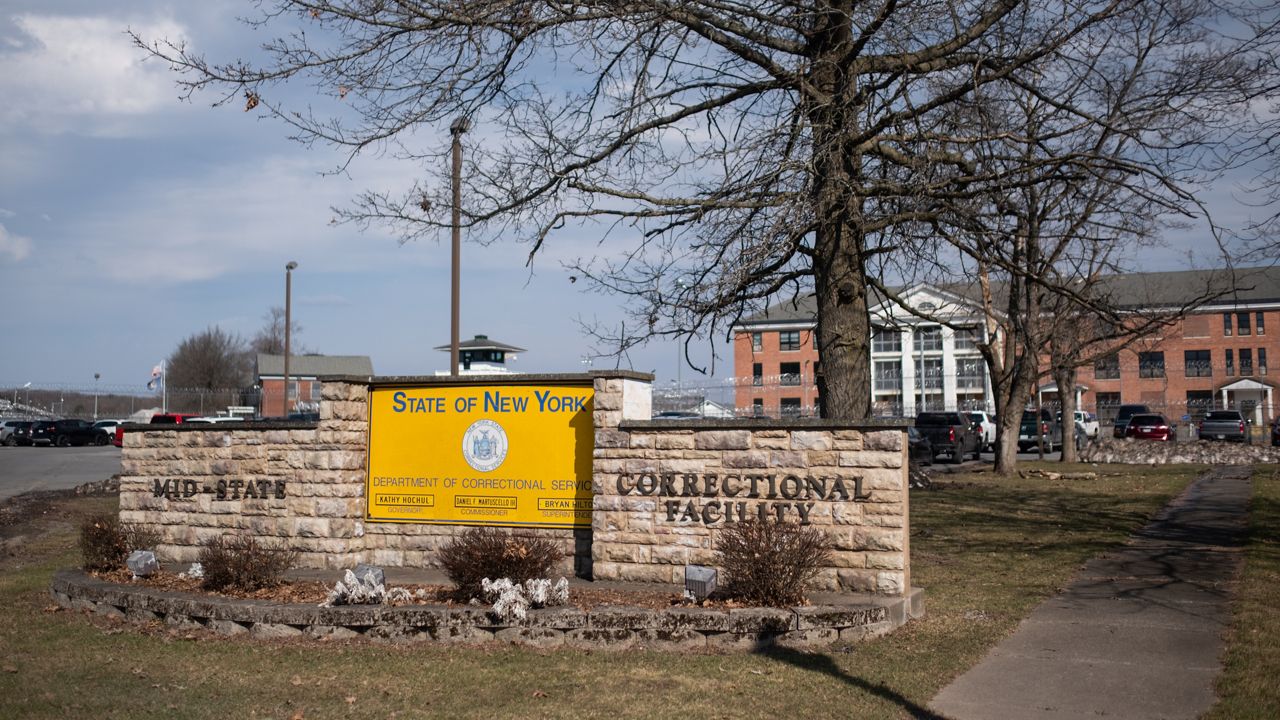Tornadoes have been hitting New York state at a record pace this year, with 27 so far in 2024. The state usually sees an average of 10. The city of Rome recently saw an EF-2 tornado with destructive results.
Meteorologists are working to understand more about them.
The difficult part is it’s tough to say what the future looks like regarding tornadoes. SUNY Oswego meteorology professor Scott Steiger says tornadoes are sometimes referred to as freaks of nature — difficult to predict when and where they might strike. But meteorologists are working on research that will tell us more about these weather events.
“So, New York is not immune to getting major tornadoes. But definitely, this year is an anomaly. It's very unusual. as a part of a trend with climate change and global warming, we just don't know,” said Steiger.
Steiger says that in both summer and winter months, we’ve been seeing above-average temperatures, which doesn’t necessarily mean more tornadoes, but it could mean more thunderstorms and flooding. This year he traveled to the heart of some tornadoes out west.
“But to better understand tornadoes, we have to get close to them, you know, especially close to the ground, because that's where the winds are typically the strongest and where they're interacting with debris. So, it's kind of kind of like being an explorer. There's risk with being an explorer, right?” said Steiger.
He lent his expertise to a project called BEST, Boundary-layer Evolution and Structure of Tornadoes. Back in May, the project brought him to Greenfield, Iowa, releasing pods near tornadoes that could measure the storm.
“It's really a very difficult game of chess when you're trying to deploy instruments around a tornado that has 300 mile-per-hour winds, let's say, and bodily it's moving at 40 mph. It's really hard to get instruments. so it's a lot of skill and luck,” said Steiger.
He says an important priority for safety moving forward is improving communication between meteorologists and the public.
“Apps are great. Radar apps are great, you know, but you're not a trained meteorologist and really know what that radar is saying is going to happen. And thunderstorms can develop that the radar is not showing,” said Steiger.









